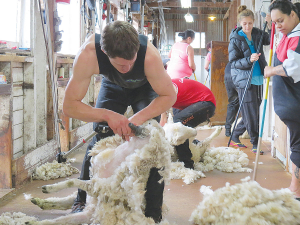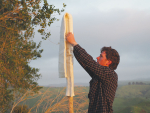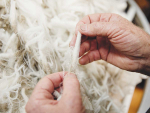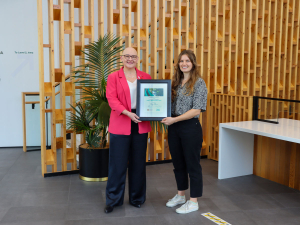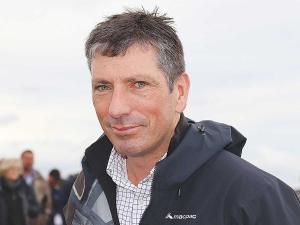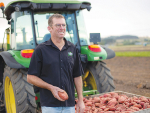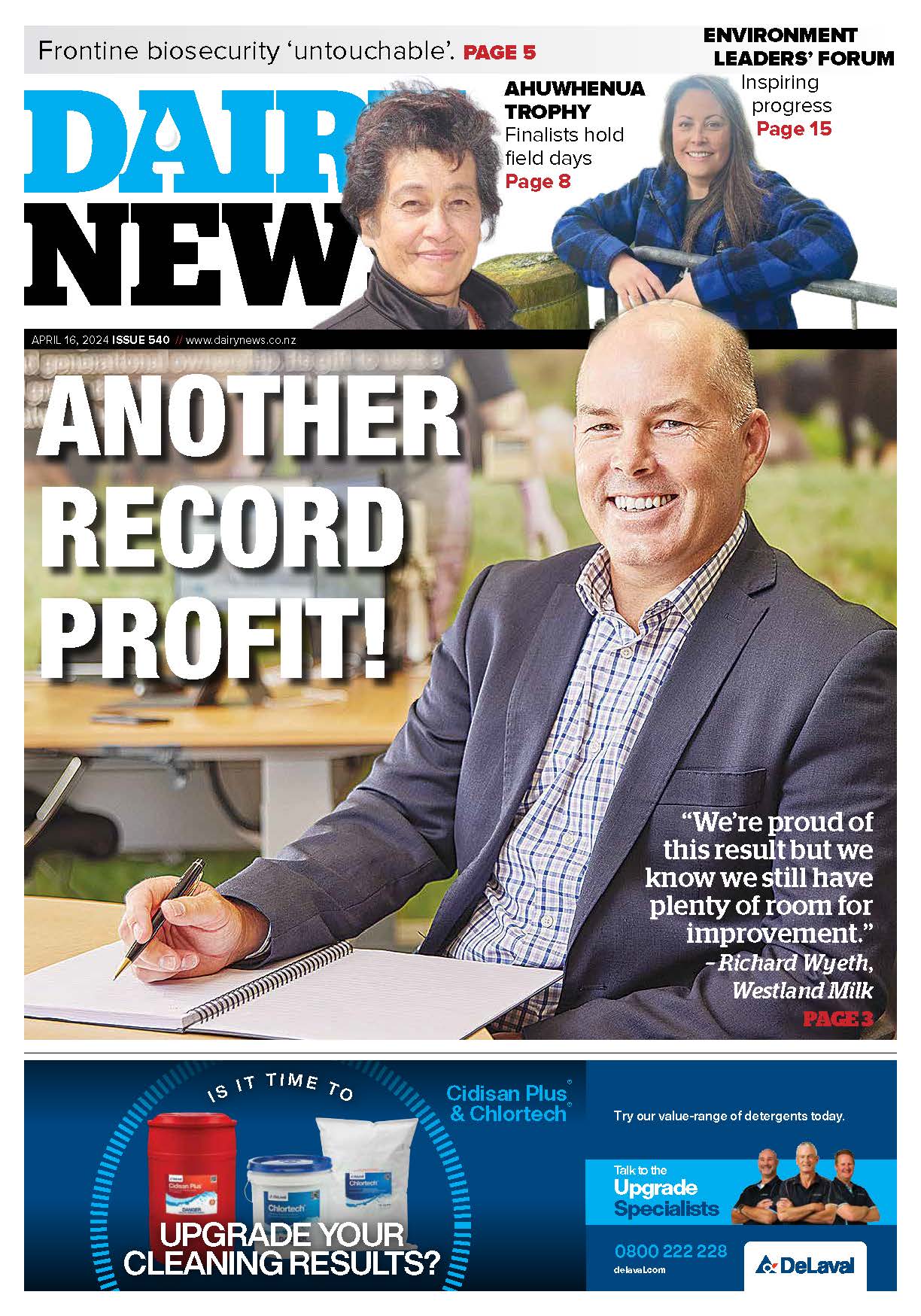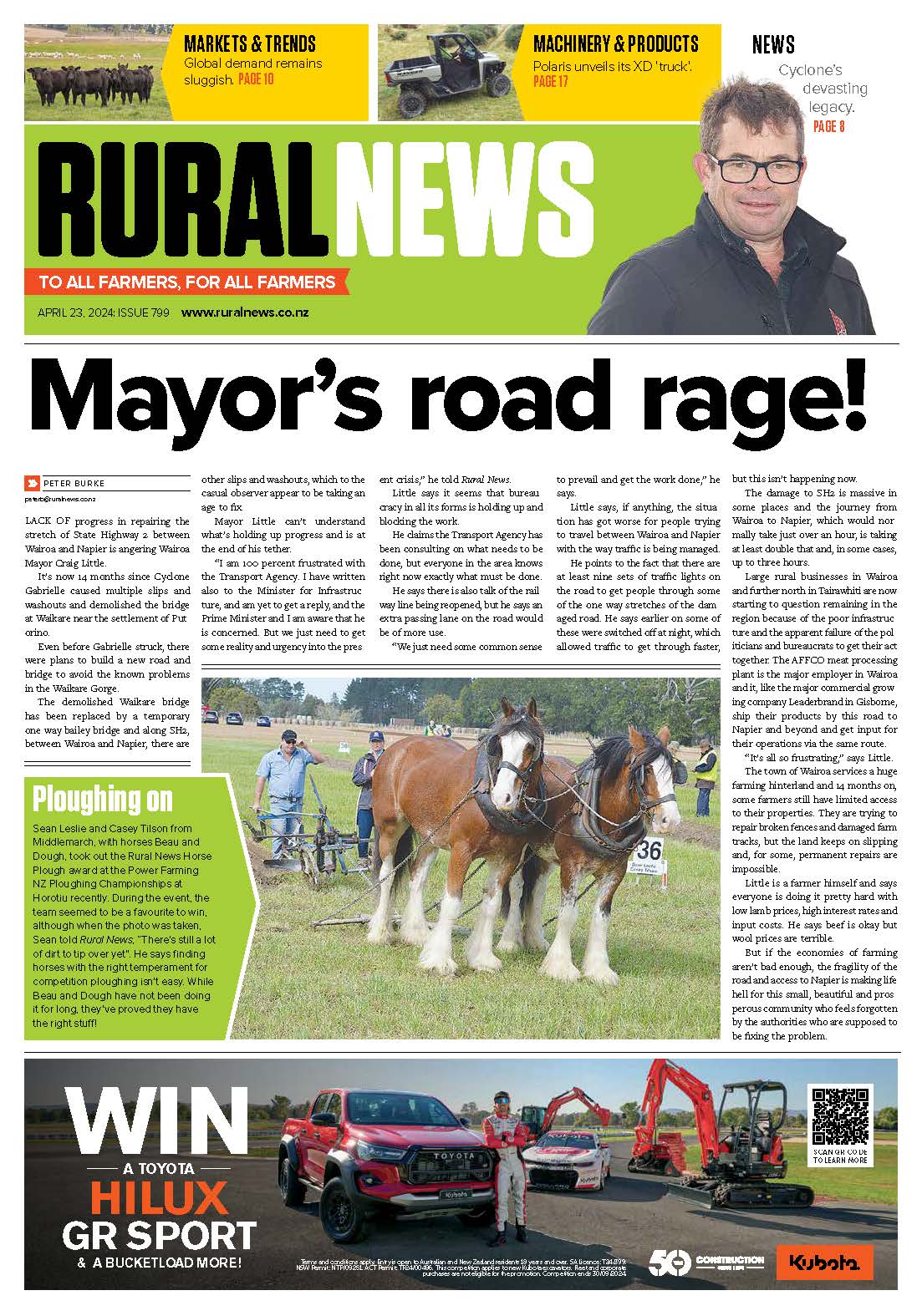For strong wool sheep, lice infection is a nuisance more than a hefty financial cost. But, for fine wool sheep the financial toll is much greater.
Lice can have a large impact on wool quality and yield and the pelt.
Known as the sheep body lice, biting lice or chewing lice, Bovicola ovis is a 1.5-2mm long, yellowish-brown wingless insect. They do not fly or jump; they only walk.
The female lives an average of 4-6 weeks and lays about 30 eggs in her lifetime. Eggs are laid on wool fibres within 12mm of the skin surface.
Lice prefer temperatures around 35-40°C and, while eggs can tolerate the dry, they don’t survive high humidity or saturation. After 9-11 days, the eggs hatch into nymphs and another 21 days later they become adults.
The complete egg-to-egg lifecycle takes 34-36 days and is spent entirely on the sheep.
Lice populations are generally highest in autumn through to late winter and decline in summer.
Lice are transferred by very close contact between sheep. Within a flock lice spread slowly except when sheep are in poor condition.
Well-fed and well-conditioned sheep are less susceptible to lice than undernourished poor-condition sheep.
A lice-infected ewe will infest her lamb within the first 24 hours. So it’s important to ensure ewes are lice-free before lambing. If infested ewes cannot be treated for any reason, then it is imperative lambs are dipped as soon as practical, be that weaning or shearing.
Every summer and/or autumn just before shearing, select and inspect at least 10 of the lightest sheep in your flock, or those sheep showing obvious signs of rubbing their fleeces. Pay extra attention to the midline of the back and shoulders and under the neck.
Shearing can remove up to 80% of lice, depending on the closeness of the cut. A high lice kill at shearing can be further enhanced by offshears lice dipping.
Dipping provides the most effective, persistent protection against on-going lice challenge and the best time to treat is when lice numbers are at their lowest, usually in summer and/or immediately off shears.
Large lice burdens invariably show up at the worst time for treatment: in ewe flocks with more than six months’ wool growth, just prior to lambing.
You have two options:
1) Do nothing. Further wool damage will occur and lambs will become lousy.
2) Apply a long-wool lice knockdown treatment to the ewes.
No long wool treatment will eradicate lice, rather it will simply prevent further fleece damage and reduce the numbers of lice available to transfer to lambs.
Both ewes and lambs should still be considered lousy and should be treated when next shorn.
Use a product from a different chemical group to that used as the long wool treatment. A review of previous lice control measures should also be done and improvements made.
• Source: Beef + Lamb NZ fact sheet more: www.beeflambnz.com





